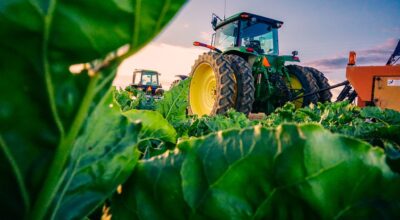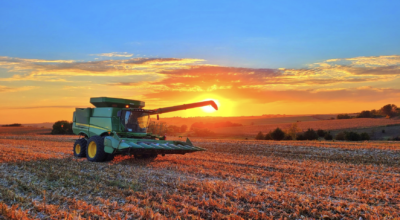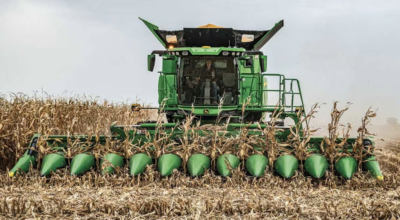The time is finally here – Harvest 2021. It is in this season that farmers can finally enjoy the fruits of their labor and see what their hard work throughout the year produced. But as with any task in the world of agriculture, the harvesting process is one that should be approached with the utmost care. By putting in the effort from the very start and determining the best methods for their land, farmers are more likely to get the most out of their harvest.
How to Achieve a Successful Harvest
As any farmer knows, harvesting is not a one-step process. There are several factors that must be taken into account not only during the season but also throughout the year. From having the right piece of equipment to determining best practices for one’s field, each and every farmer must constantly be thinking about how they can be successful. This includes prioritizing anything that has to do with the foundation of any farm – the soil.
Soil Samples
Any good farmer should want to take what they’ve learned one season and apply it to the next, either to achieve the same, positive outcomes or avoid any issues that were previously experienced. To ensure success, soil sampling should be at the top of the list of preparatory tasks. By thinking ahead and taking this step one season, producers can ensure high yields and a bountiful harvest the next year-round.
Consistent Layer of Crop Residue
During the harvesting process, crop residue created by one’s combine should be spread evenly and along the entire width of the header. If this does not happen, a thick blanket of residue will be left in some areas while others will be left bare. This can then create issues for the following spring planting season, especially in no-till situations. To avoid the problem of seeds struggling to grow through thick areas and bare areas becoming vulnerable to erosion, farmers must ensure their equipment is up to the task at hand.
Reduced Soil Compaction
Working to minimize soil compaction during the harvest season is another way in which farmers can avoid issues during the planting season, specifically in regards to water ponding and root stunting. This can be managed by leaving the grain cart on the edge of the field or using an extender that ensures the cart will drive over pre-established tracks made by the combine ahead of it. Taking steps like these, while simple, can lay the groundwork for effective future planting and harvest seasons.
Harvest 2021: John Deere Equipment in Action
While harvesting is often a long and arduous process, it does not come without its moments of enjoyment. For farmers across the country, this season presents an opportunity to reap what they have sown and revel in their hard work. And when John Deere harvesting equipment is involved, the process becomes even more enjoyable. With this in mind, we have put together a collection of harvesting images and videos, as shared by our fans, to show just how amazing the harvest season can be. Take a look through and enjoy the beauty that is Harvest 2021!
If you have any questions about John Deere harvesting equipment, you can contact your local John Deere dealer.
If you enjoyed this post or want to read others, feel free to connect with us on Facebook, Pinterest, Twitter, or Instagram!



